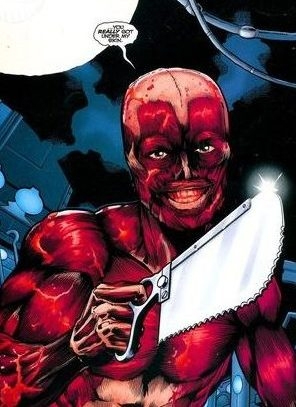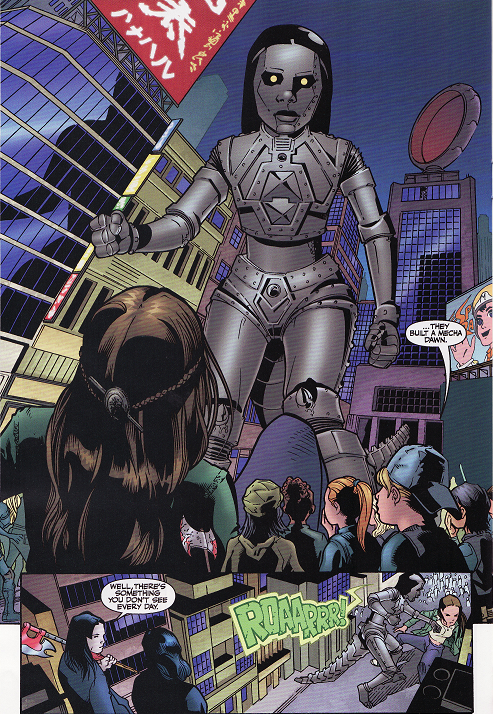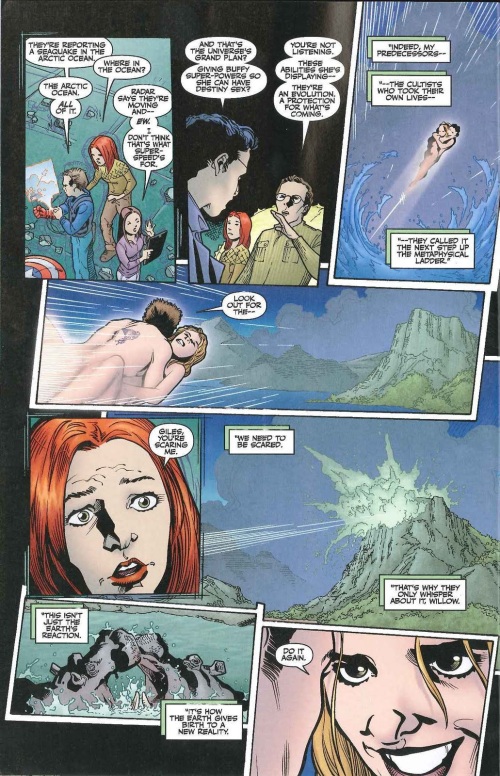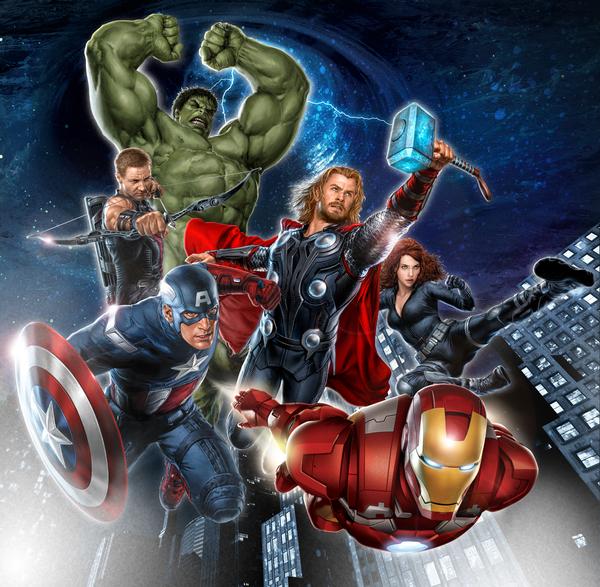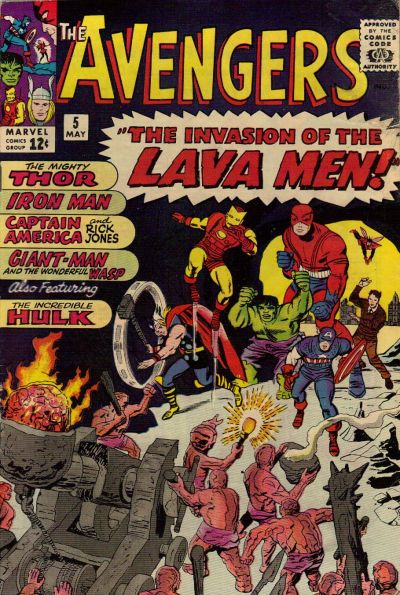When Noah invited me to take part in the “anniversary of hate,” I wasn’t sure at first that I would have anything to contribute. After all, I am primarily of the belief that life is too short to waste a single moment reading crap, and therefore either never start comics (or novels or TV shows) that don’t appeal to me or quickly give up on those that soon prove unpalatable. There was one case, however, where my abiding love for the original source material coupled with an excess of faith in its creator caused me to see an awful series through to its conclusion, pretty much hating it more and more as it went on. That series is Buffy the Vampire Slayer Season Eight, overseen by Joss Whedon but written by various folks. Warning: spoilers and fangirl ranting.
In retrospect, I should’ve known right off the bat that it would be bad. The first arc—which establishes the characters’ current whereabouts and the existence of an ambiguous new enemy called “Twilight”—features a certain character that Joss “forgot” was canonically confirmed dead and not dead in a conveniently retconnable way. Not very encouraging. Still, the series was just starting out and, as many fans pointed out at the time, season openers on the show were never his strong suit. So, I persevered and seemed to be rewarded with a strong second arc, “No Future for You.” Penned by Brian K. Vaughan, this arc introduced the very best thing about Season Eight—the growing bond between Giles and Faith—which, in turn, paved the way for the currently running (and superior to Season Nine) Angel & Faith series. (Ironically, Vaughan never wrote for the TV incarnation, but did a better job than those who actually did!)
Alas, my hopes were dashed by the third arc, “Wolves at the Gate,” which continued the Season Eight theme of “bringing back characters you don’t want” by reintroducing Dracula (who appeared in all of one episode) and shoehorning in a backstory about how he consoled Xander after the loss of Anya, all seemingly to make Drew Goddard’s Tales of the Vampires short story “Antique” suddenly canon. As if this weren’t enough to piss me off, there was the righteously stupid cameo by Mecha Dawn and all of the publicity buzz that accompanied Buffy’s one-night stand with a fellow Slayer, which we were assured wasn’t just supposed to be for shock value. Uh-huh.
Volume four, in which Buffy travels into the future and meets fellow Slayer Melaka Fray (who once had a short series of her own) as well as a future incarnation of Willow, sucks less than the others. There are a lot of unanswered questions about what Willow was doing there—present-day Willow insists it couldn’t have been her—but, in general, I don’t have much to complain about. Volume five casually introduces a plotline that winds up changing the entire Buffyverse. Essentially, the populace learns about vampires and is suddenly “go them” and “boo Slayers.” It’s really stupid and seems like it wasn’t thought out very well but it’s something that subsequent writers haven’t been able to just ignore. It’s even cropped up in an issue of Angel & Faith and I am ready for it to go away, like, yesterday.
In volume six, Slayer central has come under attack by Twilight, who has tracked them by their magical signature, and since the public hates them Buffy decides to go off the grid and essentially invade the bucolic existence of the one person they know who’s managed to divest himself of magic: Oz. After bringing a huge battle down upon his peaceful life, complete with some random goddesses that kill indiscriminately, Buffy discovers she can fly. Whee! About this time I decided that what I was reading could no longer be considered canon but somebody’s convoluted fanfic. And if I’d thought what I’d read before was mind-bogglingly dumb, I was not prepared for volume seven, in which a random prophecy that we’ve never heard of before suddenly comes into play. It states that a Slayer and a Vampire (here embodied by Buffy and Angel) will engage in boffing of such magnitude that it births a new universe for superbeings. No, really. See?
To stop the formation of the new universe and the destruction of the current one, Buffy and friends return to the Sunnydale Hellmouth in volume eight and destroy “the seed of wonder,” which is the source of all magic in the world. Betrayal ensues. A beloved character dies. Thus endeth Season Eight, pretty much, except for a glimpse of Buffy’s life a few months later.
I’ve griped primarily about the plotting here, but lest you think my hatred stems solely from that quarter, I assure you that I’ve got issues with the way the characters are treated, too. While Xander is consistently one of the bright spots of the series, Willow is severely underused, and Dawn doesn’t get much to do, either. Buffy mucks things up in a colossal way, which isn’t out of character for her, but she is depicted as being so desperate for male attention that I found it offensive.
First, she decides that she loves Xander by virtue of him being the only guy around. Then Angel shows up and she boffs the heck out of him, never mind that he’s been revealed to be the Big Bad responsible for the deaths of over 200 Slayers. Now, true, it’s possible that the universe coerced her into having sex with him, but if that was the case, then why would she later tell him “You gave me perfection and you gave it up. That’s not just the love of my life. That’s the guy I would live it with”? Oh, and one issue after making that statement, she’s fantasizing about doing Spike. I don’t begrudge a girl a healthy sex life, but please don’t make Buffy appear so brainlessly boy crazy.
So, to sum up: I hate the plot. I hate what this does to Buffy’s character. I hate the unfunny gimmicks and the various attempts to shock the reader. I hate Georges Jeanty’s art. I hate it because I wanted so much to love it.
I advise Buffy fans to avoid Season Eight like the plague. Season Nine is better, but it’s already showing signs of the “shock ’em and then back away” style of storytelling, which is disappointing. If you’re really curious about the Buffy comics, go read Angel & Faith. The story is better, the art is lovely, and so far it hasn’t made me gnash my teeth once.
__________
Click here for the Anniversary Index of Hate.

